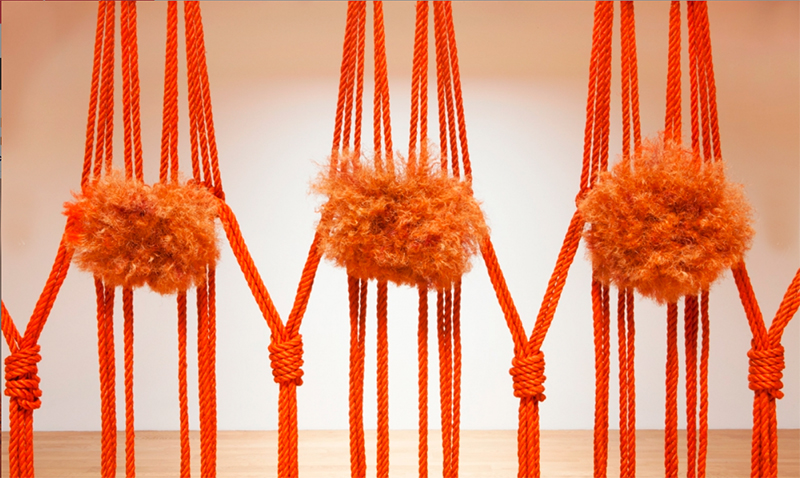
Photo: Joshua White/JWPictures.com
Courtesy of the artist and Blum & Poe, Los Angeles/New York/Tokyo
Ausstellung von 18 Oktober, 2016 bis 15 März, 2017 im Museum of Modern Art, New York.
Für den Text bitte die englische Fassung lesen!
From the editors of Textile Forum magazine (1982-2013)

Ausstellung von 18 Oktober, 2016 bis 15 März, 2017 im Museum of Modern Art, New York.
Für den Text bitte die englische Fassung lesen!